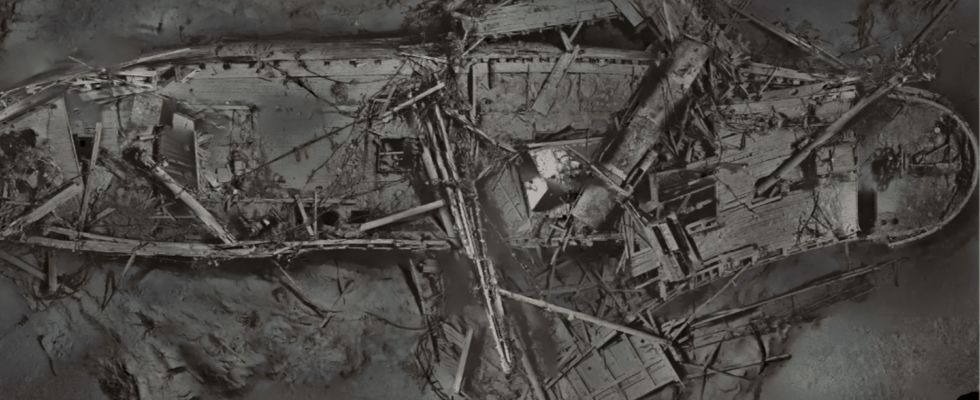The Endurance sank in 1915, before reaching Antarctica. The new images of its wreck are impressive.
In 1914, Ernest Shackleton launched an expedition to Antarctica with the ship Endurance. 44 meters long, it was designed to withstand extreme climatic conditions. His crew aimed to be the first to cross the Antarctic continent on foot. About 100 miles from its intended landing point, the boat became stuck in the ice, stranding all 28 men on board.
For several months it supported the weight of the ice, before finally disintegrating, forcing the crew to flee in rowing boats with a few provisions. They eventually managed to reach the uninhabited Elephant Island, from where the captain led a small group of men on a 1,300 kilometer journey to South Georgia to organize the rescue of his peers. . When he returned, they were all still alive.
The wreck of the ship, hidden under the ice of the Weddell Sea for more than a century, was discovered in 2022 at a depth of more than 3,000 meters. Images were taken and compiled from thousands of digital scans, allowing us to discover the state of the wreck in detail, 110 years later. They were revealed as part of a National Geographic documentary on Endurance, broadcast in November 2024.
If the mast and some railings are in ruins, parts of the upper deck are intact. On it were found the remains of cutlery, a boot and a distress pistol. The latter could be that of the expedition photographer, Frank Hurley, with whom he fired a rocket into the air to pay homage to the sinking ship. John Shears, director of the expedition that found the wreck, explained, as reported by BBC, that the latter had described this shooting in his diary, recounting having “put it on the bridge” after the shooting. On the floor of the boat, a star-shaped pattern is still partially visible.
The wreck appears, for such a duration, relatively intact. Nico Vincent, whose Deep Ocean Search organization developed the scans, was enthusiastic about such a discovery, saying it was as if the boat “sank yesterday.” This good state of conservation could be explained by the temperatures at this depth in an icy sea, which slowed down the decomposition process. The wreck today serves as a refuge for a variety of fauna.
